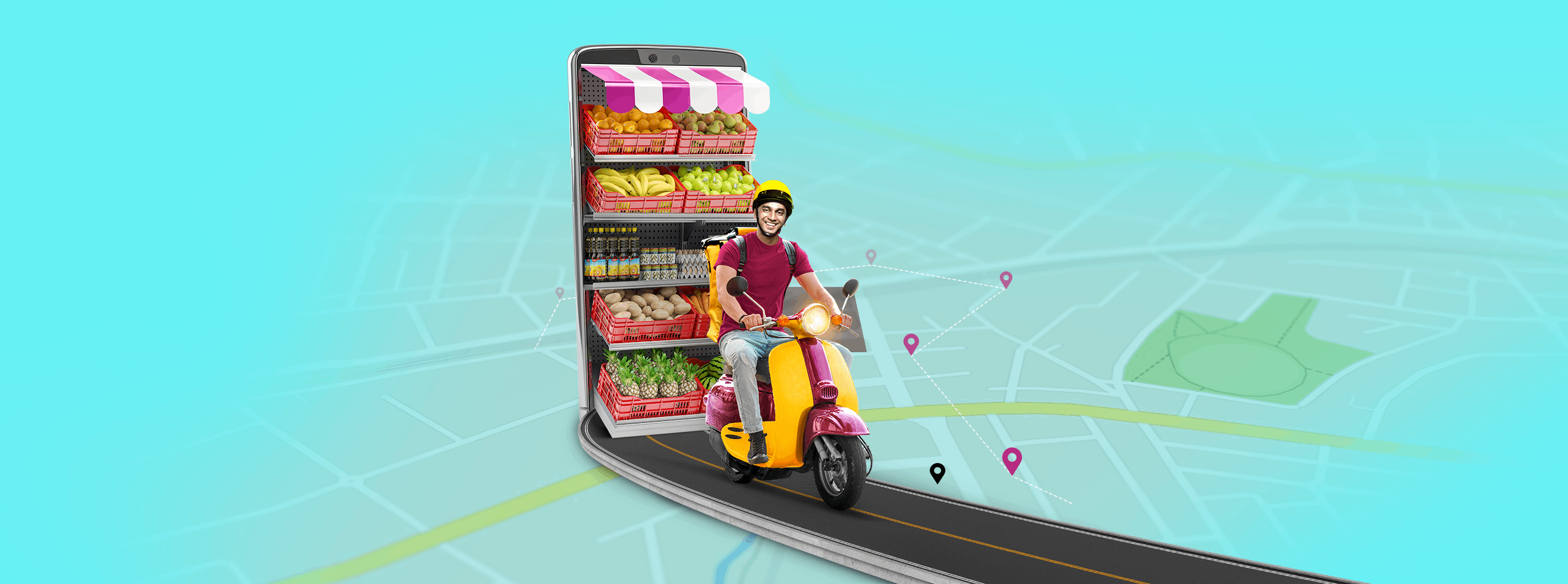The smartphone has become an integral part of our life and work
- Articles
- 0
The historic Apollo 11 spacecraft, which placed the first human on the moon, was powered by a computer that weighed over 30 KGs and had a few KBs of memory. With a couple of GBs of RAM and a few thousand times more computing power, the smartphone you’re probably reading this on or the one that is less than an arm’s length away would seem like a supercomputer in comparison. All of it in a form factor no bigger than your palm, weighing about 150 grams, and better still, with internet connectivity.
And while it isn’t an apple-to-apple comparison, it gives us a good idea about how powerful the smartphone has become today. Add a layer of use-cases and consumer usage data, and patterns begin to emerge. With the ZEE5 Intelligence Monitor Smartphone report, we have attempted to bring out some of those trends. Based on a survey of our diverse and pan-India audience, the report delves into how consumer behaviour and attitude toward the smartphone have evolved in the last year, and what the future holds for the smartphone industry.
That the mobile has become truly ubiquitous is something we know through anecdotal and lived experiences. And the survey validates it with the revelation that more than half (53%) of the respondents use a smartphone for over 4 hours a day, and 1 out of 3 metro audiences own a smartwatch or a fitness band. Moreover, the spike in usage has been registered across all demographics as well as in metro and non-metro locations.
This is largely down to the fact that smartphones are becoming smarter and more powerful, which allows consumers are doing a lot more with smartphones. From serving as an alarm to a device for fitness and medical needs, and from enabling remote working to remote schooling, for entertainment, news, and gaming, from shopping for groceries to ordering food, and for payments, banking and investment – the smartphone has become an integral part of our lives.
And as consumers start seeing and deriving more value from their smartphones, it starts a cyclical reaction which takes them higher up the value chain. In the survey, 97% of consumers indicated that they replace their smartphone before its performance dips and 52% of the respondents upgrade in order to have the latest model available. And this extends beyond handsets into accessories and connected devices such as ear pods, Bluetooth speakers, smartwatches, and fitness bands, all of which are beginning to see traction.
Another finding of the survey reveals that women in the entry-level smartphone segment upgrade within 6 months, and 60% of the metro users plan to replace their phones in a similar timeframe. This upgrade curve could be fueled by smartphone brands being able to meet emerging and specific customer needs. It could be superior screen and speakers that improve the entertainment or learning experiences or faster processing that allows multi-tasking and enhances productivity. And with 73% of non-metro preferring to buy online, the accessibility to newer models could further accelerate the shift.
Today, the smartphone can be what the consumer wants it to be. With a fast-maturing digital-first ecosystem, matched by advances in smartphone technology, we can expect a steep upward upgrade curve for the smartphone industry and for the smartphone to revolutionise our way of life and work. And with India set to be home to over 1 billion smartphone users in the next few years, the possibilities are only limited by our imagination.



 The smartphone has become an integral part of our life and work
The smartphone has become an integral part of our life and work 




Comments